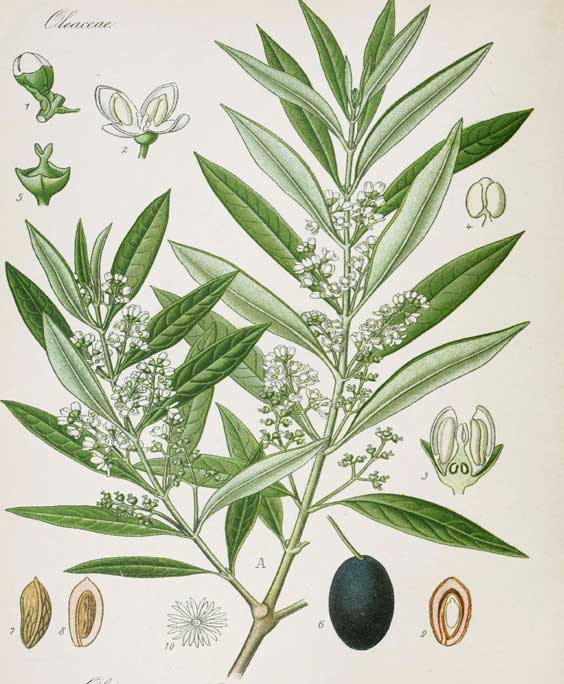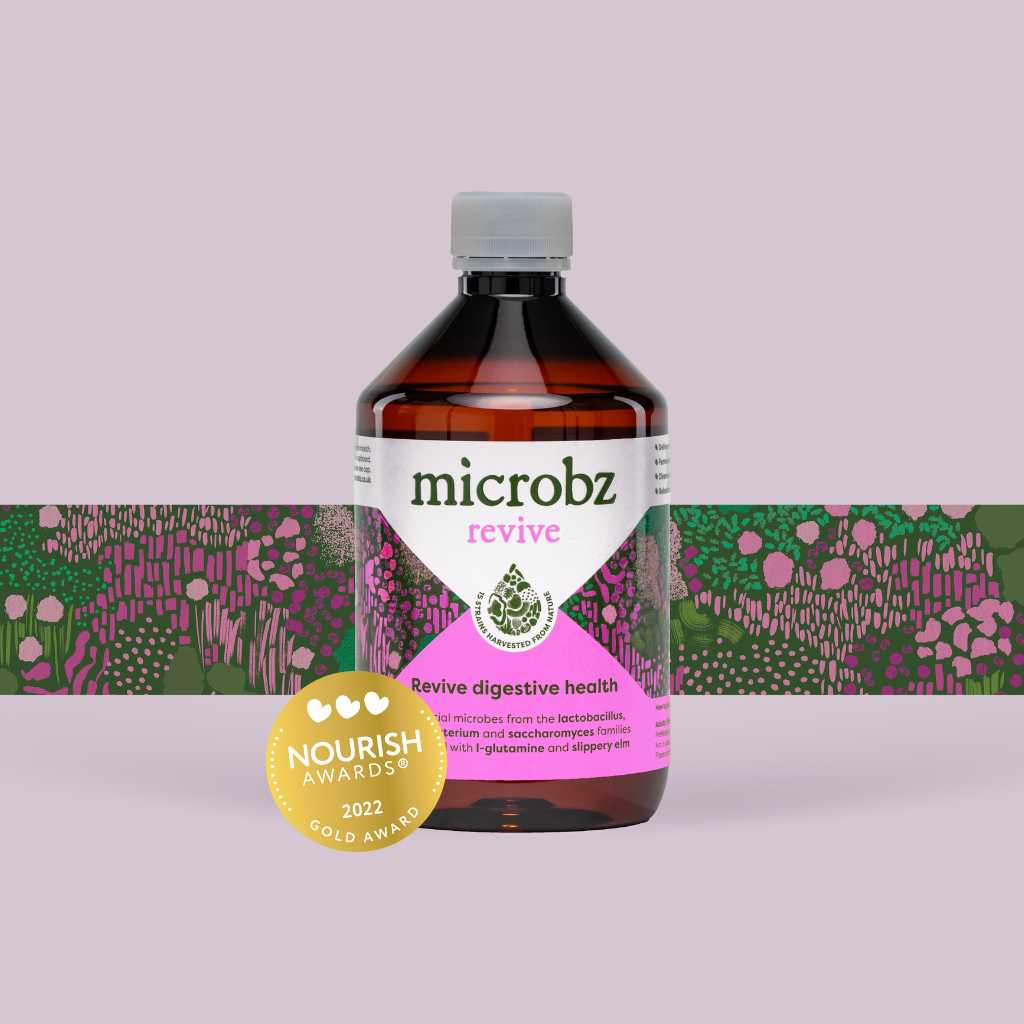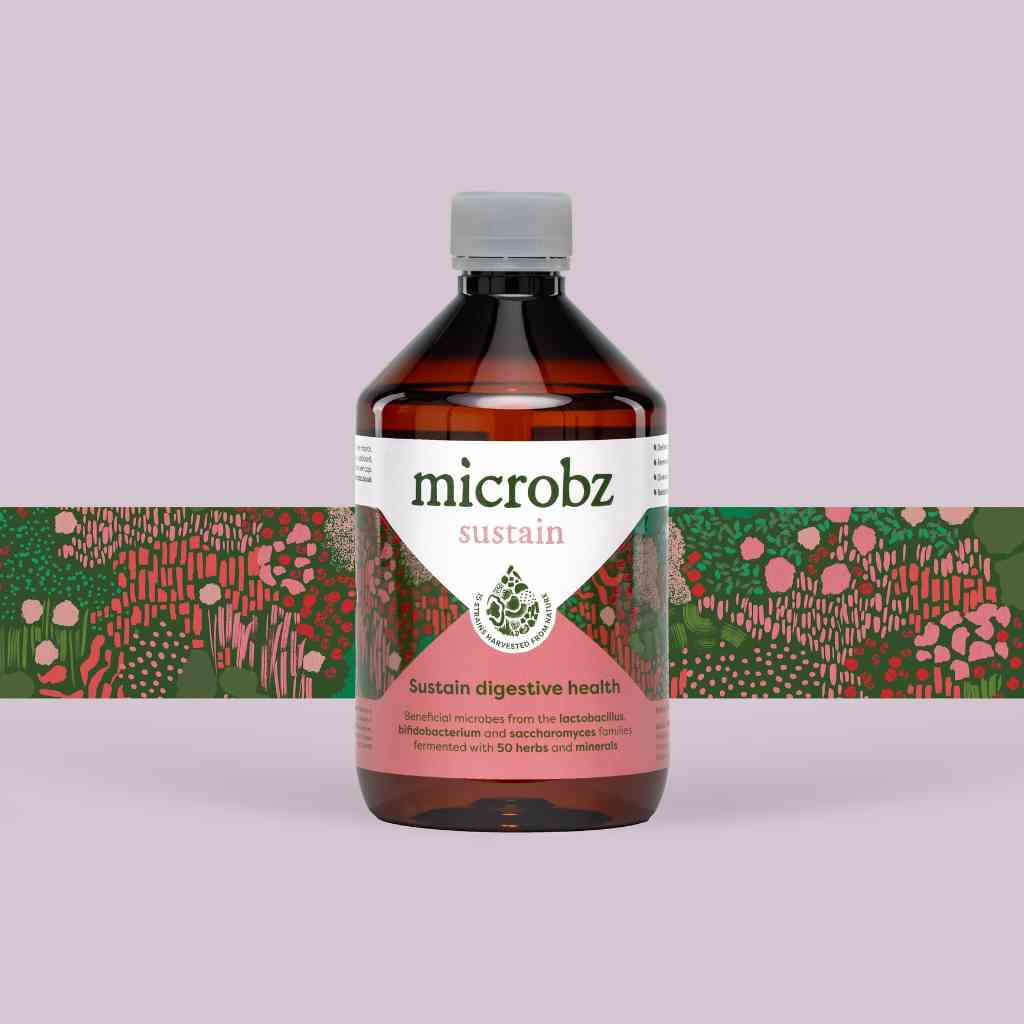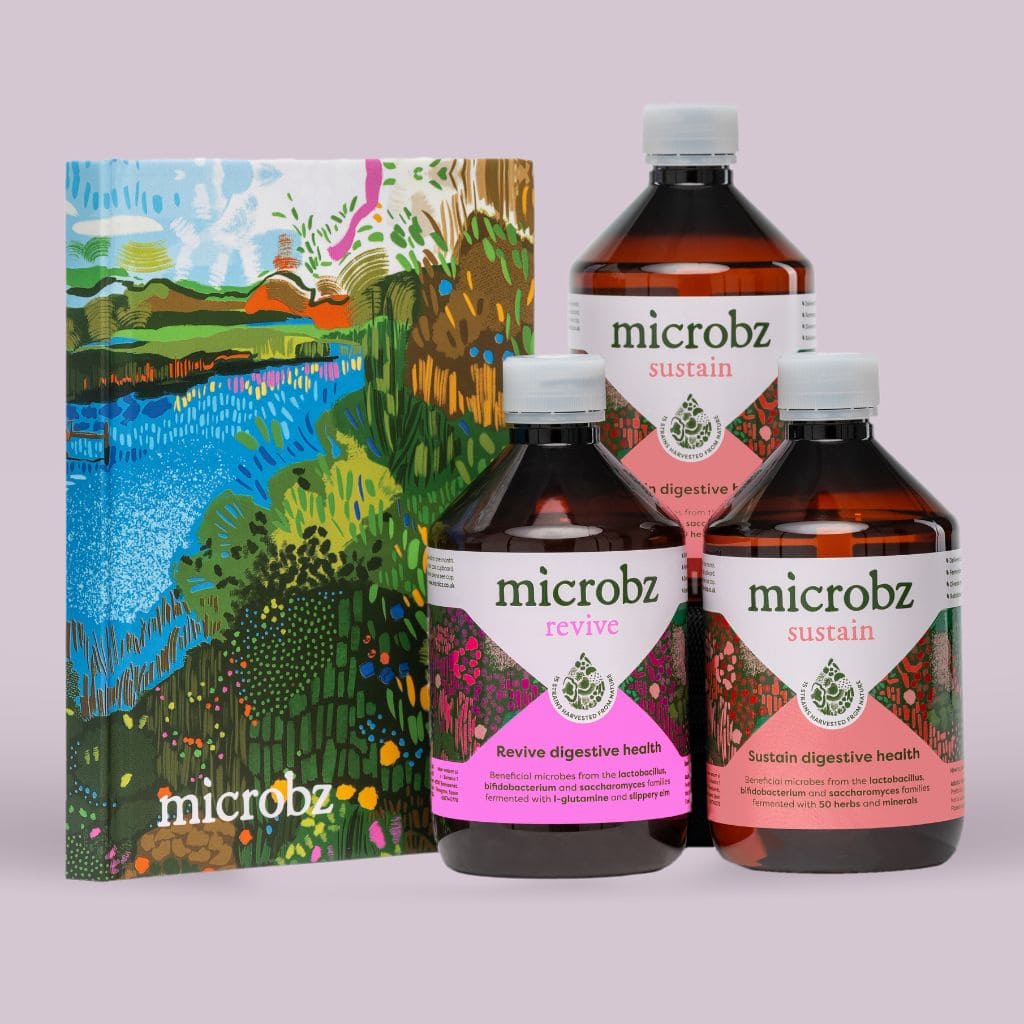History
Parts used:
Leaves and oil.
Constituents (bio available chemicals):
Leaf: oleasterol and leine. Oil: 75% oleic acid (a mono-unsaturated fatty acid), smaller amounts of palmitic and stearic acid glycosides.
Nutritional constituents:
Vitamin E, iron, copper and calcium.
Indications:
Severe hypertension, influenza, common cold, meningitis, herpes l and ll, hepatitis B, chronic fatigue and diabetes. Externally: dry skin, stretch marks, cradle cap, to soften ear wax and many other uses.
Dosage:
Liquid extract (1:): 25-50ml per week.




